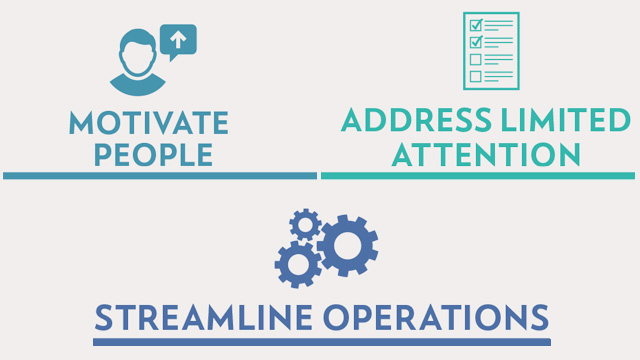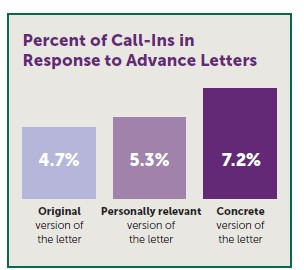Using behavioral science to better understand human decision making helps programs develop and test modifications to improve their performance and achieve their goals. For example, behavioral insights can help program staff and managers encourage people to complete a certain action, to understand why they do or don’t act and help them remember to do so, to illuminate how they make choices and what they value, or to remove barriers to action. New Mathematica projects for the U.S. Department of Labor (DOL) evaluate program changes with a behavioral science lens. These initiatives lead people to make better choices, using principles from behavioral science to identify underlying behaviors and design changes.

Our multidisciplinary work includes the following:
Evaluation of Behavioral Interventions in Labor Programs. Many DOL programs and policies encourage people, programs, and organizations to behave in ways consistent with their goals and meet legal and regulatory requirements. Building on work we have done for DOL to test how behavioral science principles can help diverse programs better meet their goals, we are launching additional behavioral intervention trials to improve the effectiveness of program procedures. We are conducting impact, implementation, and cost studies for each trial and will work with agencies within DOL that might be experiencing a particular behavioral challenge related to program operations.
Trade Adjustment Assistance: Behavioral Interventions Evaluation (TAA).Although the benefits of foreign trade are widespread—most consumers benefit from the availability of lower-priced goods—some U.S. workers experience unemployment and earnings losses from plant closings and jobs being sent overseas. The TAA program helps these workers by providing reemployment, readjustment, and retraining services. Our nationally representative nine-year study found that although program participation led to large increases in the receipt of training, these gains did not lead to subsequent improvements in employment outcomes for participants overall, but did do so for the younger trainees. These findings suggest that behavioral interventions hold promise for improving impacts. This new study involves developing and evaluating behavioral interventions aimed at improving the implementation and outcomes of the program, such as increasing knowledge of the TAA program among firms and workers, and steering participants into underused program components. We are also designing a long-term impact evaluation.
Evaluation Research on Compliance Strategies. To protect and enhance workers’ welfare, DOL’s Wage and Hours Division promotes standards related to minimum wage, overtime, and other labor-related issues. We are designing and conducting an assessment of the strategies the division uses to promote employers’ compliance with these standards. A key component involves developing and, optionally, putting into place behavioral science strategies to boost compliance, then evaluating their effectiveness in helping programs meet their goals. These strategies will focus on addressing behavioral bottlenecks in employer responses to compliance assistance activities, which include employer and community outreach and partnerships.

